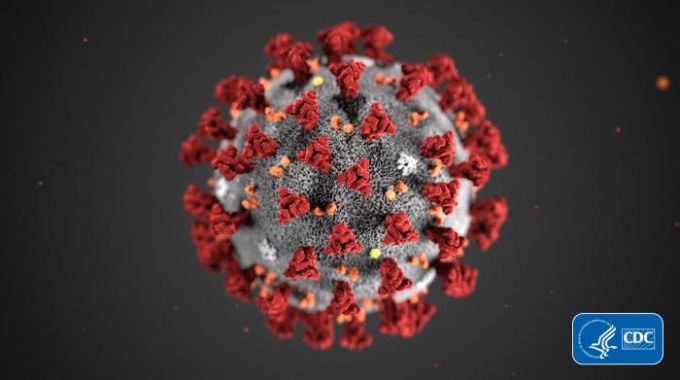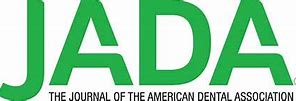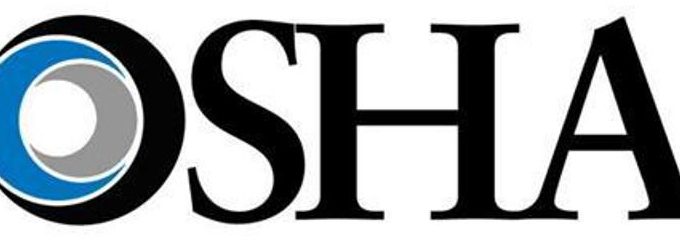As COVID cases surge across the country, California dental employers must continue to follow Cal/OSHA’s…
Hand Hygiene – Do Not Top Off Soap Dispensers – Infection Control
Hand hygiene in a dental office is critical to preventing disease transmission, and must be performed frequently throughout the day. Dental healthcare personnel must wash their hands with plain soap and water at the start and end of each workday, in addition to before and after each patient. The use of 60-95% alcohol-based hand rubs as an alternative to soap and water is permitted, as long as hands are not visibly soiled or contaminated.
Almost as important is how the hand hygiene dispensers are stored and maintained. Hand hygiene dispensers, containing both plain soap and alcohol-based hand rub products, can become contaminated, fostering the growth of microorganisms. Signs of contamination include the product becoming discolored or cloudy, or developing an unusual odor.
According to the U.S. Centers for Disease Control and Prevention (CDC) adding soap to a partially empty dispenser should not be performed because “this practice of topping off might lead to bacterial contamination”, thereby negating the beneficial effect of handwashing. Liquid soap products should be stored in either disposable closed containers or closed containers that are washed and dried thoroughly before refilling. Always follow manufacturers’ instructions for storing and dispensing hand hygiene products.
Since 1992, OSHA Review, Inc. has provided dental professionals with comprehensive programs to support regulatory compliance and infection control. We are a registered continuing education provider in the state of California, specializing in Dental Practice Act, infection control, and OSHA training.



